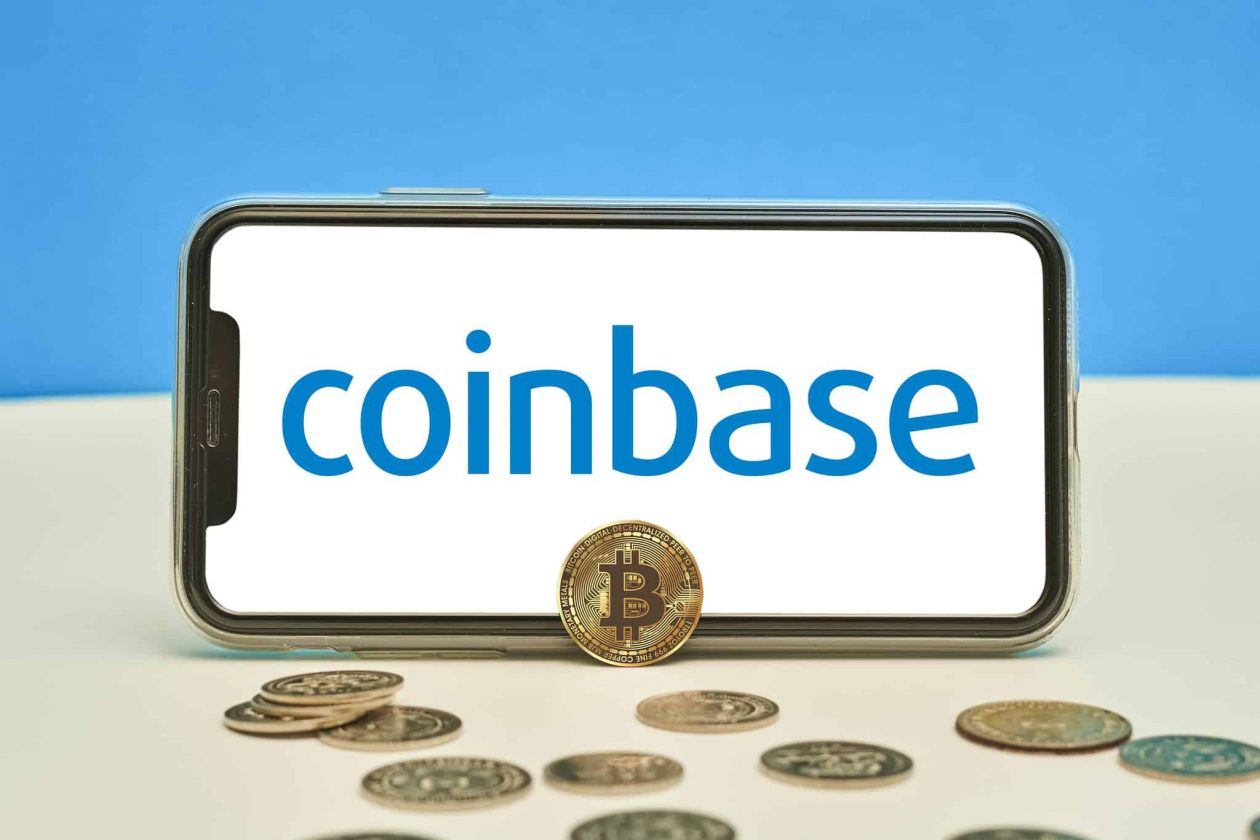Cryptocurrency exchange Coinbase is set to launch a savings account paying an interest rate of 4% on USDC stablecoin deposits, a move that has sparked questions about how it is able to offer returns that outstrip those available from banks by such a large margin.
Coinbase’s plan puts it on a growing list of exchanges and fintech companies offering interest rates that are significantly higher than those paid by traditional banks.
Although other crypto interest-bearing accounts offer rates of up to 8%, Coinbase says it offers significantly lower risk by lending only to “verified borrowers”. Nevertheless, its new savings accounts are not protected by the U.S. Federal Deposit Insurance Corporation or the Securities Investor Protection Corporation, unlike most fiat savings accounts. Such accounts typically offer interest rates of less than 1%.
“While the high interest rates are appealing, they can present varying levels of risk,” Coinbase said in a blog post. “You may find that your assets are loaned to unidentified third parties and subject to their credit risk, which could result in a total loss of your crypto holdings.”
Speculation among consumers has swirled around just how it is able to pay such high returns, particularly given the interest rates available at Main Street banks.
Those returns may be related to the fact the account is for deposits of a stablecoin. Because stablecoins are tied to gold or a fiat currency — USDC is tied to the US dollar — their valuations are typically less volatile than those of other cryptocurrencies, making risk easier to manage.
Jason Nassios, an associate professor at the Centre of Policy Studies at Melbourne’s Victoria University, told Forkast.News that without knowing the credit ratings of Coinbase’s “verified borrowers,” it could be difficult to assess the risk of offering such high interest rates. The fact that an investor’s USDC could be used as collateral to borrow other cryptocurrencies introduced a sequence of counter-party risks to the portfolio of the lender of the USDC, he said.
Nassios said that level of risk put accounts like Coinbase’s latest offering into a similar league to distressed debt funds, and that they should be compared to such funds rather than typical savings accounts. Even then, he said, in the absence of credit scores, it would be difficult to say whether the interest rate offered was fair.
“We have no sense of their credit ratings, and we have no independent assessment of the lending process undertaken by Coinbase,” Nassios said. “This contrasts markedly to high-yield credit or distressed debt funds offered by many fund managers, which are often independently reviewed by qualified investment professionals. Without these details, it is difficult to determine if this product is fairly priced — 4% APY may be too low or just right.”
Another possibility is that Coinbase is offering a loss-leader — a product sold below cost to attract new customers to the business. “By offering a crypto investment that is linked to the U.S. dollar, and by offering a reasonably high rate of return — at least for the average mom-and-pop investor, Coinbase would be able to pull in new customers that previously considered crypto an asset that is too risky,” said Christoph Breidbach, a senior lecturer at the University of Queensland Business School. “Some of these new customers may then gain familiarity with this asset class and expand their portfolios into other crypto investments with Coinbase.”

